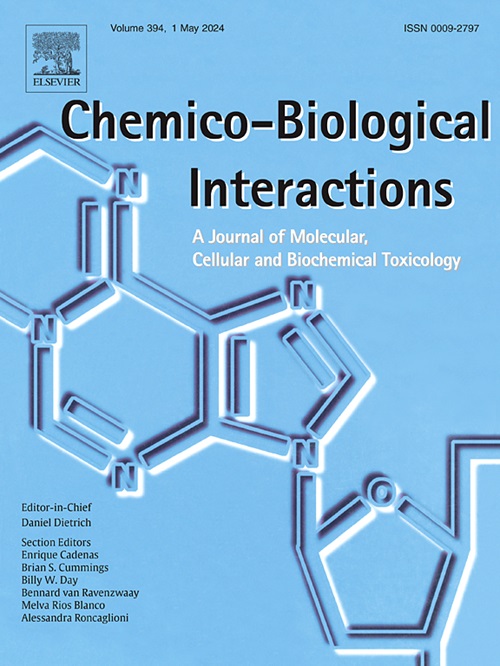褪黑素的悖论:从治疗益处到毒性警告。
IF 4.7
2区 医学
Q1 BIOCHEMISTRY & MOLECULAR BIOLOGY
引用次数: 0
摘要
褪黑素是一种主要由松果体合成的内源性化学物质,因其调节睡眠和昼夜节律等激素作用而被广泛认可。通过抗氧化还原、抗炎和免疫调节等机制,表明褪黑素在体外条件下具有生化特性。除了这些功能外,褪黑素还因其药理益处而引起了人们的关注,特别是作为一种外源性治疗药物,作为从失眠到免疫和胃肠道疾病等各种疾病的补充。然而,新兴的研究强调了外源性褪黑素使用的潜在毒理学问题,特别是在特定人群中。这篇综述提供了褪黑素作为治疗和潜在毒性药物的双重作用的全面探索。它总结了目前已知的其药理学、毒理学和生化特性、毒性机制以及易感人群的安全性问题。通过强调关于褪黑素临床应用的新知识差距,该研究为进一步研究打开了大门,以最大限度地提高其治疗效益,同时保持其安全性。本文章由计算机程序翻译,如有差异,请以英文原文为准。
Melatonin's paradox: From therapeutic benefits to toxicity warnings
Melatonin is an endogenous chemical predominantly synthesized in the pineal gland, widely recognized for its hormonal roles, such as regulating sleep and circadian rhythms. Through mechanisms such as anti-oxidative reduction, anti-inflammatory, and immunomodulation, it is suggested that melatonin exhibits biochemical properties in in vitro conditions. Beyond these functions, melatonin has garnered attention for its pharmacological benefits, particularly as a therapeutic agent that is exogenously administered as a supplement in various diseases ranging from insomnia to immunological and gastrointestinal disorders. However, emerging studies highlight potential toxicological concerns associated with exogenous melatonin use, especially in specific populations. This review provided a comprehensive exploration of melatonin's dual role as a therapeutic and potentially toxic agent. It summarized what is currently known about its pharmacological, toxicological, and biochemical characteristics as well as toxicity mechanisms, and safety concerns in susceptible groups. By highlighting new knowledge gaps about melatonin's clinical uses, the study opens the door for further studies to maximize its therapeutic benefits while maintaining its safety.
求助全文
通过发布文献求助,成功后即可免费获取论文全文。
去求助
来源期刊
CiteScore
7.70
自引率
3.90%
发文量
410
审稿时长
36 days
期刊介绍:
Chemico-Biological Interactions publishes research reports and review articles that examine the molecular, cellular, and/or biochemical basis of toxicologically relevant outcomes. Special emphasis is placed on toxicological mechanisms associated with interactions between chemicals and biological systems. Outcomes may include all traditional endpoints caused by synthetic or naturally occurring chemicals, both in vivo and in vitro. Endpoints of interest include, but are not limited to carcinogenesis, mutagenesis, respiratory toxicology, neurotoxicology, reproductive and developmental toxicology, and immunotoxicology.

 求助内容:
求助内容: 应助结果提醒方式:
应助结果提醒方式:


